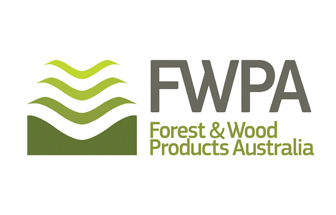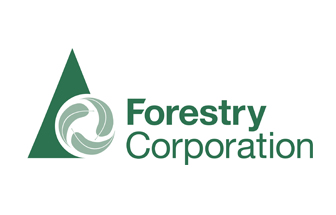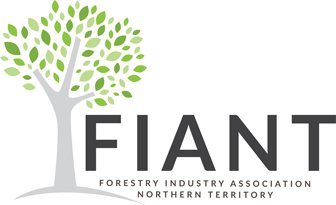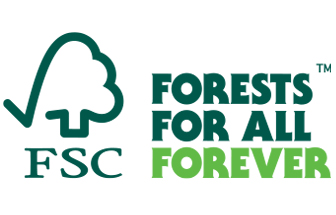NZ FARM FORESTRY ASSOCIATION OFFERS
SOLUTIONS TO FARMERS’ PROBLEMS
SMALL-SCALE forest-owning entities (SSFOEs) in New Zealand – many of them farm foresters – make up a significant portion of the national estate. Timber & Forestry enews spoke to Graham West, President of the Farm Forestry Association (NZ FFA), about the issues facing the sector and the organisation’s initiatives.
 Mr West says surveys indicate there are some 10,000 to 12,000 SSFOEs – defined as owning plantation forests of less than 1,000 ha. “That amounts to 440,000 hectares, or about 26 per cent of the total estate.”
Mr West says surveys indicate there are some 10,000 to 12,000 SSFOEs – defined as owning plantation forests of less than 1,000 ha. “That amounts to 440,000 hectares, or about 26 per cent of the total estate.”
He adds that the NZ FFA has some 1,200 members who are mainly invested in pines – “but there is also a lot of interest in redwoods and cypresses. We have strong action groups working on these species, and with natives. But in terms of national impact, we aren’t really moving the dial with new plantings of these species. So, we are trying to influence the Government more, and the Forest Growers’ Levy, to get investment in research that de-risks a basket of alternative species.”
Mr West says the levy, which amounts to 33 cents for every tonne of harvested wood, has meant more R&D projects, H&S promotion, biosecurity awareness, and general promotion. “FFA members get a share of the general benefits of sector programmes – and we have become more effective operating through the levy sub-committees to get projects funded and focused on alternative species and small-scale harvesting. The key for the association is to put more effort into professional engagement because we struggle to gain useful representation and influence.”
He notes that the sector is in the middle of a “hearts and minds campaign to influence the public and, in turn, politicians that the forest and wood sector offers a lot towards developing a sustainable economic future.
“While there is misinformation from the anti-pine lobby, there is also an information vacuum regarding forestry. We recently had a large presence at the National Fieldays near Hamilton and we have a reinvigorated promotions campaign.”
The association offers several solutions to many problems currently faced by farmers – most notably that growing trees on farms “diversifies income, requires minimal labour, addresses environmental issues, and assists with farm succession.”
Mr West says there are issues getting landowners to understand the drivers of key costs at harvest time. “Siting and location can mean little reward – so we have built a tree crop planning web-tool [TreeFarmer] to help with this.
“TreeFarmer uses the latest available map overlays to help small woodlot owners mark boundaries, calculate areas, determine slopes and erosion risk, and plan roads and skids. It has productivity layers for different species, and typical costs and potential yields to test management and harvesting options.
“Another major issue is the high dependence on the China log export market for lower grade logs and the associated price fluctuations caused by that country’s economic performance.
“We have a government-backed Industry Transformation Programme under way, which is broadly supported by the FFA. Dean Satchell, a previous president of the association, was on the Advisory Group.
“The FFA endorses the general strategy to move away from exporting logs, and the high dependency on one market and on one species. We also support the use of wood as an important renewable material, and government investment to expand domestic processing.”
He adds that the FFA wants priority given to a number of points in the plan – most notably “to attract and facilitate new investment in the bioeconomy and advanced processing.“Development of new products from wood is key to transforming the sector and replacing materials derived from oil. Wood needs to be used for plastics, clothing, food, and energy. This transformation needs to be clear in our national vision and it cannot rely on carbon prices alone.”









